We assess the pros and cons of the most commonly prescribed treatments
When it comes to skincare, we’re all a little different. Even though we search tirelessly for that “magical” product, nothing is one-size-fits all. The true key to great skin care is sticking faithfully to a full routine. The routine will differ from skin type to skin type, but the basic formula for acne-free skin remains the same:
- Keep your skin clean
- Use a topical or oral curative agent
- Keep your skin moisturized
Here we’re going to cover Step Number 2 in your skin care routine – curative agents and how they work. For more info on Steps 1 and 3 – keeping clean and properly moisturized skin – read our Ultimate Guide to Washing Your Face.
Contents
- What causes acne?
- How do antibiotics clear up acne?
- How do over-the-counter topical gels like benzoyl peroxide work?
- How do topical retinoids get rid of acne?
- Why does isotretinoin cure acne?
- Why do hormone therapy and birth control pills clear up acne (for some)?
- Do chemical peels clear up acne?
- Does laser therapy cure acne?
What causes acne?
A lot of factors both environmental and internal can cause acne. But at a basic biological level, acne is caused by our sebaceous glands, which produce sebum. Overactive sebaceous glands produce too much sebum, which can build up and get clogged up. When sebum accumulates just under the surface of the skin, a bacteria known as Propionibacterium acnes thrives, feeding on the excess sebum like it’s an all-you-can-eat buffet dinner. Their waste products irritate the sebaceous glands, making them inflamed and causing the spots we know as acne.
How do antibiotics clear up acne?
Antibiotics are prescription medications and not available over the counter, which means you should visit your family doctor or dermatologist to ask if antibiotics might be the right fit for your acne-clearing skin care routine.
If your acne is mild to moderate, your doctor may first prescribe you a topical antibiotic such as a cream, gel, solution, cleansing pad or lotion of clindamycin or erythromycin. These drugs are anti-inflammatory and can be effective against a number of bacteria. While this might work, topical antibiotics are limited in their ability to penetrate the skin and deep clean more stubborn acne, so if you don’t see the results you want after six to eight weeks, visit your doctor again to discuss the possibility of oral antibiotics.
The scientific truth is that no matter how well you wash your face and keep it clean, healthy skin is most heavily influenced from inside our bodies – by our genes, by our eating, sleeping and exercising habits and any medications we may be taking. (See below for more information on how birth control pills may influence your skin.)
Once you start taking an oral antibiotic regularly (most commonly tetracyclines, such as minocycline and doxycycline), the drugs build up in your system, circulate throughout your body and penetrate your sebaceous glands – the glands in your body within follicles that produce the enemy Propionibacterium acnes. The antibiotics do exactly what they’re named for – they kill the bacteria that cause acne.
Once you take the medication for long enough – roughly 3 to 4 months – your doctor and you will be able to assess the effectiveness of the drug. If it’s not working as well as hoped, your doctor may change your dose, the kind of antibiotic you’re taking or take you off the antibiotics altogether and try something else. If the drugs are effective at clearing up your acne, your doctor may still recommend tapering off the antibiotics. Taking antibiotics regularly over a prolonged period of time carries a number of risks, including building up antibiotic resistance, which is bad not only for your own immune system, but also for the rest of the world as well – increased antibiotic use worldwide has led to a startling diminishment in the once-miracle drug’s effectiveness at preventing and curing infection.
You should also keep in mind the potential side effects in taking antibiotics. Although usually mild, antibiotics can cause tummy troubles like diarrhea, dizziness, teeth discoloration and sensitivity to the sun – so you’ll need to apply sunscreen even more faithfully than you already do!
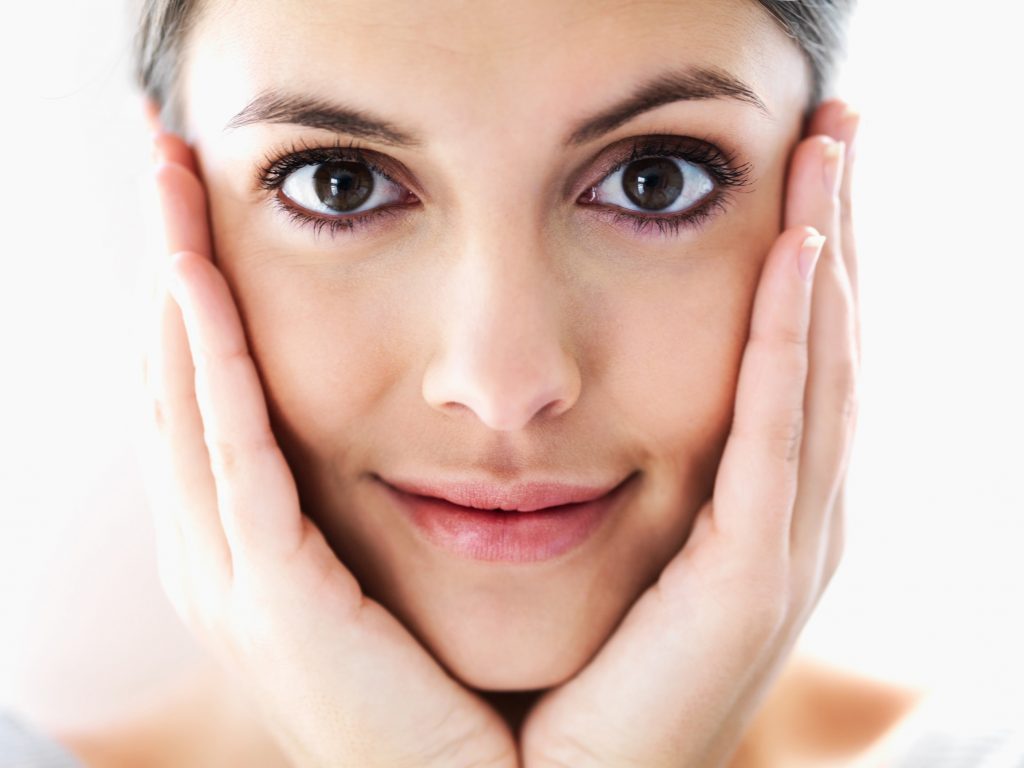
How do over-the-counter topical gels like benzoyl peroxide work?
Your doctor is very likely to suggest you use a topical benzoyl peroxide gel in combination with your oral antibiotics. As an active ingredient (usually present in a gel 2.5% to 10% concentration), it does exactly what the antibiotic does – killing off the evil Propionibacterium acnes – but from the outside in instead of the inside out like the oral antibiotics are doing. If you’re using a benzoyl peroxide treatment with an oral antibiotic, you’re attacking acne from both sides.
Benzoyl peroxide creams and gels don’t need to be applied in huge quantities to work. They cause your skin to dry out so it’s essential to use benzoyl peroxide treatments in combination with regular moisturizing regimens. Be wary of increased redness and itchiness and diminish or stop use if your skin dries out too much.
For any number of reasons, your doctor may suggest benzoyl peroxide treatment instead of antibiotics, including concerns over increasing antibiotic resistance, the way antibiotics interfere with hormonal birth control pills, or any side effects of antibiotics that might be making the drug impractical for you.
How do topical retinoids get rid of acne?
Retinoids are a bit more complicated than antibiotics which target and kill the bacteria that causes acne flare ups. Retinoid creams are derived from vitamin A, and put simply, they “unplug” your follicles – which also makes other treatments like topical antibiotics work better. Your doctor might recommend products like Avita, Differin, Retin-A and Tazorac if she feels topical retinoids are a suitable option for you.
So how do topical retinoids work? In the treatment of acne, retinoids act as “comedolytic agents”, which is a fancy way to say that they unclog blocked pores. They facilitate the effectiveness of topical antibiotics by clearing the way for bacteria fighting – the medication can enter the pores to kill any deep-seated bacteria.
You’ve probably also heard that topical retinoids are popular anti-aging agents, which is also true. Retinoids can repair deficiencies in collagen to reduce the appearance of fine lines. The most popular topical retinoid for anti-aging is called tretinoin and it helps prevent the dermal matrix (i.e., your skin) from damage caused by UV exposure. So if your skin has seen a little too much sun, talk to your doctor about how retinoids could help repair UV damage and reduce wrinkles.
Whatever you use retinoids to treat, stay alert for side effects. Even more than benzoyl peroxide, retinoids can excessively dry out your skin and cause redness, scaling and itching, so be vigilant about moisturizing and use a face cream with an SPF every day.
Why does isotretinoin cure acne?
Isotretinoin is one kind of retinoid, but unlike the topical retinoids we just discussed, isotretinoin is taken orally. Isotretinoin works because it reduces the amount of production of the skin’s natural oil, sebum, which is produced by the sebaceous glands. The drug directly targets the glands, decreasing their size and their activity, thereby stopping acne at the root of the problem.
When you first start taking isotretinoin, it’s not unusual to experience a worsening of your symptoms for the first week or two. Most patients will experience significant or total improvements in their acne with a 12 to 16 week course of treatment. Some lucky patients report never struggling with their acne again. For others, the improvement in break-outs may not be as dramatic.
If your doctor prescribes you isotretinoin, she will likely also prescribe you birth control pills, even if you’re not currently sexually active. This is partially due to the risk of birth defects associated with taking the drug, and also due to liability concerns that encourage your doctor to be extra careful. Either way, it’s something to keep in mind if you’re considering a pregnancy any time soon – do NOT start a course of isotretinoin!
Why do hormone therapy and birth control pills clear up acne (for some)?
Hormonal imbalances can trigger breakouts. (Remember what it was like being a teenager?) But unfortunately, hormonal fluctuations don’t stop with adulthood. Especially for women, hormones fluctuate throughout the month. Many of us suffer from a zit or two when approaching “that time of the month”, or even a full-on acne flare-up. Acne caused by hormonal changes often appear on your jawline, but they could appear anywhere.
So how do your hormones cause acne? You may recall learning that because men have higher levels of the hormone group called androgens in their system, they’re actually more prone to acne. You might be surprised to hear that women also have androgens – which include the hormone testosterone – in our systems as well as estrogen and progesterone.
There’s some evidence that taking medication to regulate your hormones can help reduce problems with acne. Spironolactone, for example, was a drug originally developed for people suffering from kidney disease, but it has been popularly prescribed for years to women suffering from acne because it lowers the amount of androgen your body produces. Taking an oral contraceptive (birth control pill) that contains estrogen and progesterone may also lower the amount of androgens in the body, and when your body has less androgens, your sebaceous glands produce less oil and you develop less acne.
The FDA, however, has only officially approved three different oral contraceptives for the improvement of acne:
Ortho Tri-Cyclen, Estrostep and Yaz, and since everyone’s a little different – especially when it comes to hormone levels – birth control’s efficacy at improving acne varies widely from woman to woman.
For some women, hormonal birth control may even make acne worse. The three brands approved by the FDA for fighting acne are known as “combination” oral contraceptives because they contain both estrogen and progesterone. But those birth control pills that only contain progesterone can actually cause acne to worsen (and your gums bleed!). Whatever you’re taking birth control pills for, the unique combination and dosage of hormones in each brand may have different influences over you and cause unpleasant side effects, so be sure to monitor your symptoms closely and talk to your doctor about your options.
Do chemical peels clear up acne?
Maybe. But as far as the available treatments go, this one is expensive and not as effective for most people.
The active ingredient in chemical peels, glycolic acid, works by dissolving the “glue” that holds unwanted bacteria in pores. The acid exfoliates the top layer of skin, and when your skin cells sense the removal of the dead cells, they start reproducing more quickly, which prevents pores from becoming clogged.
Although chemical peels vary in price from $50 for an at-home treatment to hundreds of dollars for a professional chemical peel, the science is inconclusive on whether any one type of peel works better than another. Most chemical peels are applied to the skin once about every two weeks, so if you’re paying loads at a spa, the bills add up quickly.
Although some studies have shown a reduction in acne by 45-50% after a series of 4 to 6 peels, the reductions are not usually dramatic, and the results last only for a month or two before the acne comes back.
The other drawback to chemical peels is that, like retinoids and antibiotics, they leave your skin super sensitive to the sun. Following a chemical peel, you not only need to use an SPF moisturizer, you also need to avoid the sun altogether. The sensation following a chemical peel often looks and feels like a sunburn, with obvious peeling occurring in the days after the first peel. Some, especially those with darker skin tones, also complain that chemical peels have temporarily darkened their skin or permanently lightened the color of their skin.
Overall, chemical peels can add value as a part of your skin care routine – especially for those with oily skin – but they can also be a costly and painful hassle, so proceed with caution.
Does laser therapy cure acne?
Laser treatment is relatively new, but there is certainly evidence that it can be an effective treatment against acne. In-office phototherapy treatments can be expensive – up to $500 per treatment – but FOREO has now made it possible to use this powerful acne-fighting technology in your own home for a fraction of the cost! ESPADA blue light acne treatment uses blue LED light to excite (yes, excite) compounds called porphyrins, which live inside the Propionibacterium acnes bacteria. Once excited, the porphyrins damage the bacteria wall, killing the acne bacteria and reducing the symptoms of acne.
As part of your skin care routine, laser therapy can help you fight acne as quickly and reliably as possible.
Disclaimer: The information on this website and any related links are for general informational purposes only and should not be considered a substitute for professional advice. Do not use the information on this website for diagnosing or treating any medical or health condition. If you have or suspect you have a medical problem, contact a professional healthcare provider.


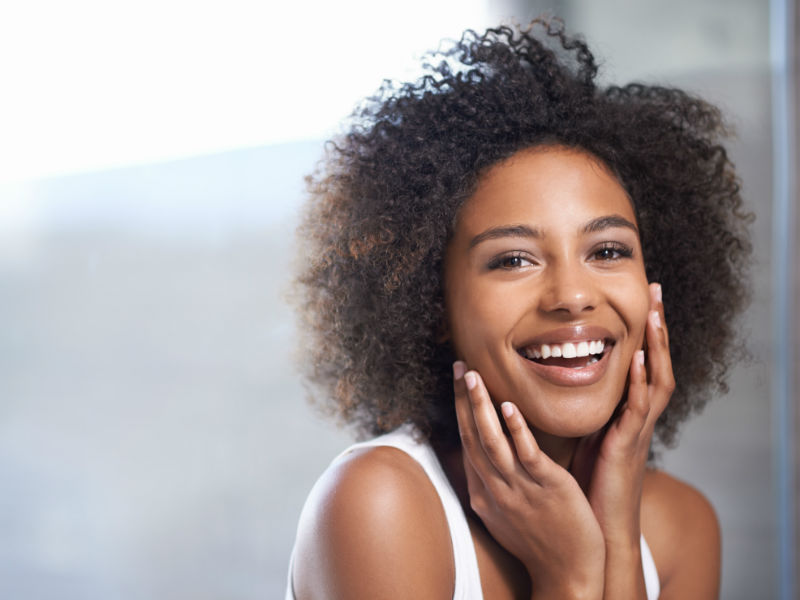
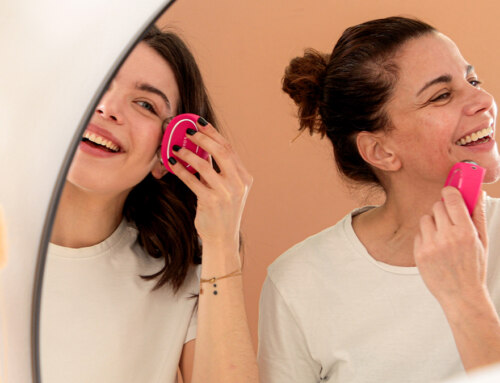
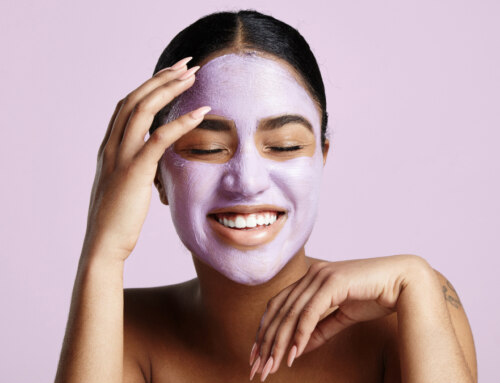
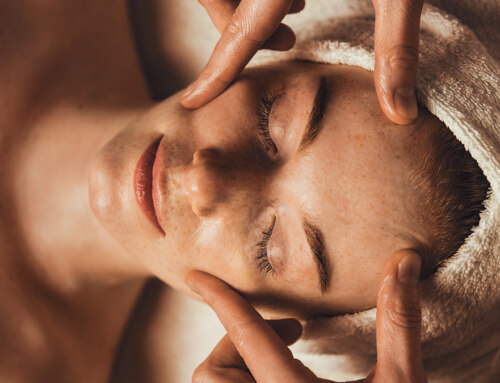

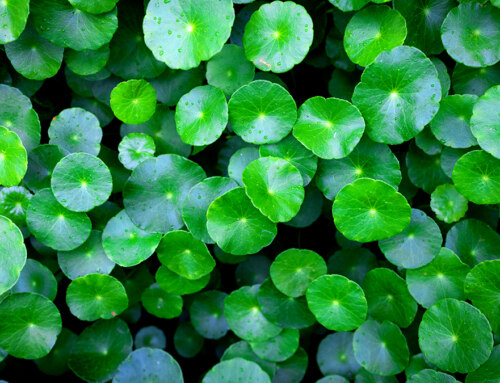
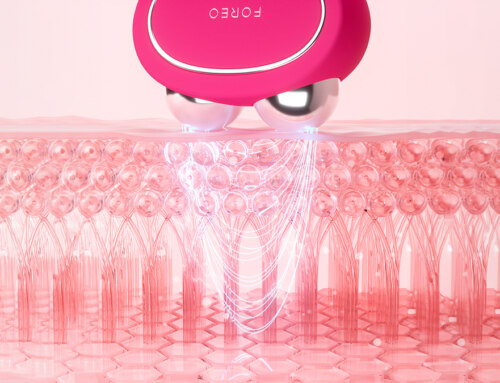
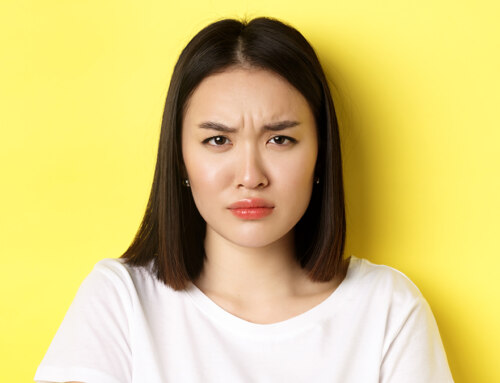
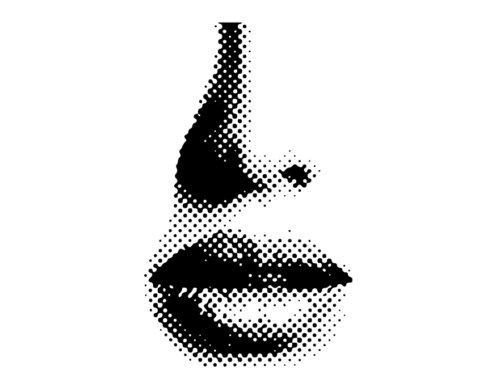
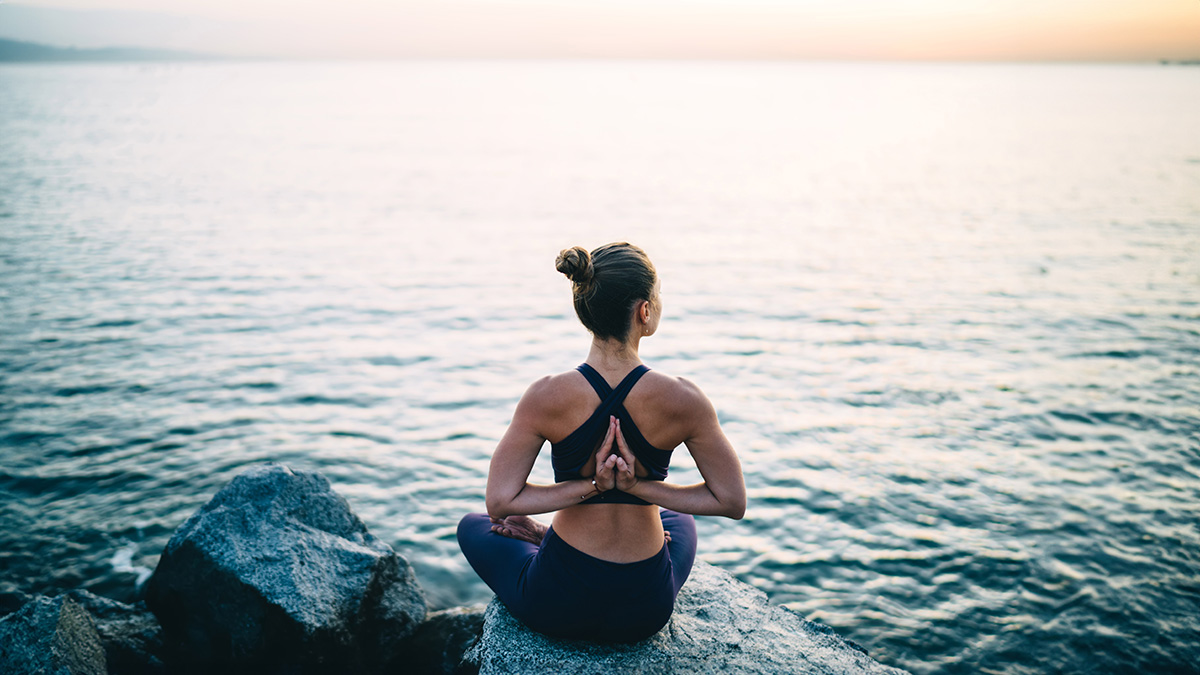
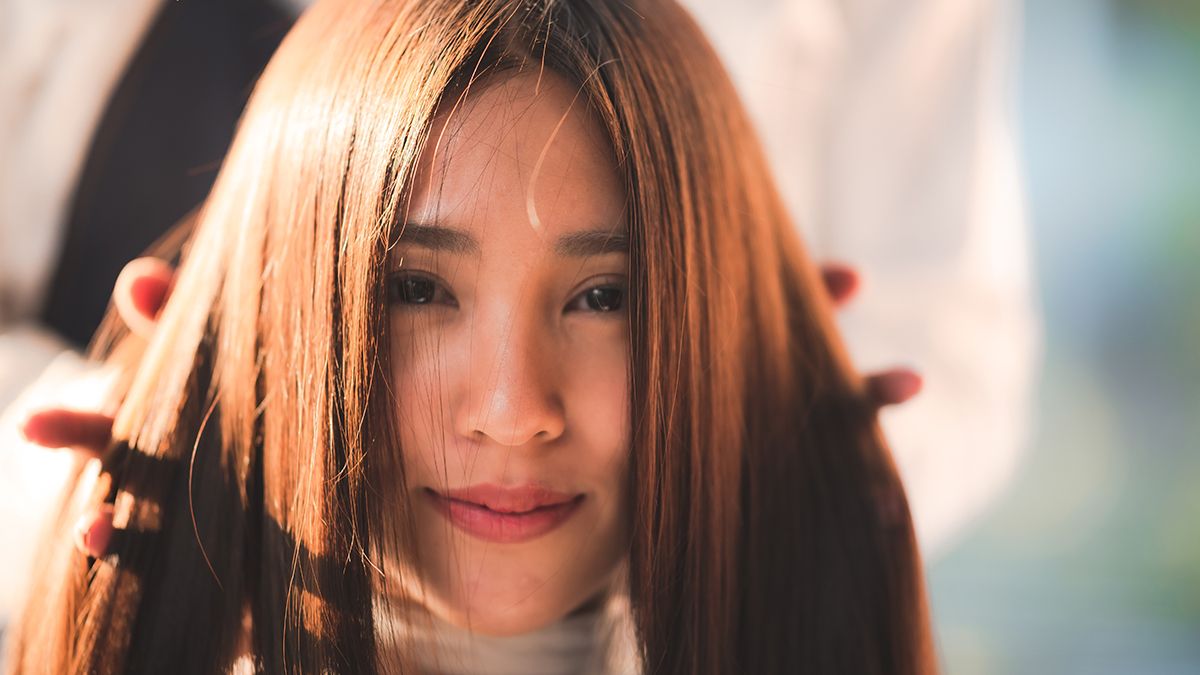
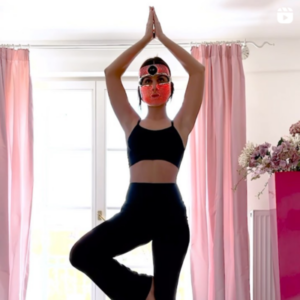
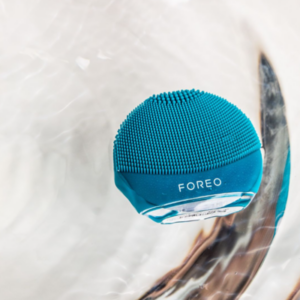
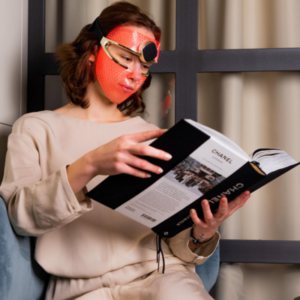
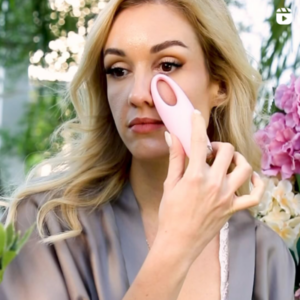
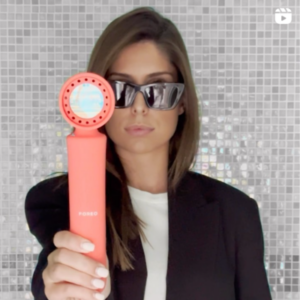
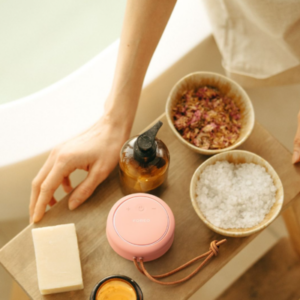
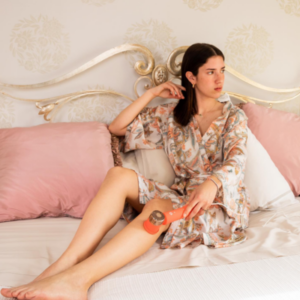
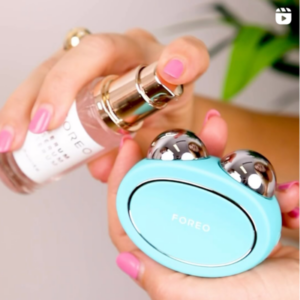
Leave A Comment